I am still busy, but I was taking a break from studying and was doing a bit of surfing and ran across this article and thought it was very neat and it had a lot of pics I have never seen before. I hope to continue blogging over the weekend of all goes well:) I still would like to see one of those ships to be recommissioned but with the lethality of today's missiles I am not sure that the battleships would survive and the swarm of missiles that the
The "Mighty" Hood
H.M.S Hood flew the flag and was the embodiment of the British Empire during the prewar years and unfortunately by the time WWII rolled around, the Hood was very obsolete. She was due for upgrades in Armor, fire control systems and anti-aircraft defenses in the late 1930's, but the bean counters put off the upgrades that would have most likely saved the ship when she fought the Bismark in the Battle of the Denmark Strait and was destroyed by an explosion that was endemic of the British Battle Cruisers. The British knew of the flaw since Jutland but never fixed the problem.
From the time that USS Iowa was laid down in 1940 until today, the Iowa class battleships have been around for 78 years. During that time, the ships underwent many changes to help them adapt to the type of conflict they were engaged in. In this article, I gathered a number of photos from those years and organized them into this collection. They help to show how these warships looked throughout their long and illustrious careers.
Iowa Class Battleships From 1940 to Present
September 30, 1940. Workers lay out the bottom hull plates for the battleship USS Iowa (BB-61) about one month into her construction. Iowa would be the leadship for a new class of battleship design was free of the limitations imposed by the Second London Naval Treaty.1941. The ceremonial driving of the first rivet for the battleship USS Missouri.
December 7, 1942. The Battleship USS New Jersey slides down the ways on the one year anniversary of the Attack on Pearl Harbor. The day that saw the loss of many battleship of the United States Navy now sees one of its most powerful take to the water.
1943. The hull of the USS Wisconsin (BB-64) looks like she is ready to take to the water. In a few months she would finally slide down the ways during her christening on December 7, 1943.
November 1944. USS Wisconsin (BB-64) ties up to the hulk of the battleship USS Oklahoma (BB-37) while stopping at Pearl Harbor. Wisconsin was 304′ longer than Oklahoma and displaced almost twice as much. Oklahoma was sunk at Pearl Harbor three years earlier. Now it was Wisconsin’s turn to go on the offensive as she headed to the front lines.
September 2, 1945. Swarms of aircraft fly over the battleship Missouri (BB-63) during the surrender to the Allies by the Empire of Japan.
April 5, 1946. USS Missouri anchored off of Istanbul, Turkey. She brought home the body of the Turkish Ambassador Mehmet Munir Ertegun. She is accompanied by the Turkish battlecruiser Yavuz, formally the battlecruiser SMS Goeben of the Imperial German Navy.
May 24, 1947. USS Iowa (BB-61) anchored in San Francisco Bay.
June 1948. USS New Jersey being moved from the New York Navy Yard to the Bayonne Shipyard in New Jersey for decommissioning. The dome shaped structures adorning her are covers for her 40mm anti-aircraft guns.
Summer 1949. USS Missouri tied up to the pier at the Norfolk Naval Shipyard. Photos like this really show off just how amazingly large these leviathans truly were.
October 21, 1950. USS Missouri fires a salvo into Chong Jin, Korea. Missouri was the first battleship to arrive off of Korea and she quickly set to work pummeling targets of opportunity. The firepower of the battleships was devastating to North Korean and Chinese forces.
November 10, 1951. USS New Jersey (BB-62) unleashes a broadside into the region surrounding the 38th Parallel during the Korean War. A haze of smoke in the background marks the location of a previous salvo.
April 1952. USS Wisconsin is used to test the lifting power of the largest drydock available to the United States Navy, AFDB-1. AFDB-1, named Artisan was first used during the Second World War. It was one of the only floating drydocks capable of handling an Iowa class battleship. She was moved to Guam to serve as a forward repair base during the Korean War.
1953. New Jersey lends her firepower during the Korean War. Judging by the elevation of her 16″ guns, she is firing at extreme range. The Iowa class were capable of sending a 2,700lb shell to just over 42,345 yards (24.05 miles).
June 7, 1954. All four battleships of the Iowa class steam together as Battleship Division 2. This was the only time that all four sisters were together. The ships (from nearest to farthest) are USS Iowa, USS Wisconsin, USS Missouri, and USS New Jersey.
1955. USS New Jersey takes on fuel from the fleet oiler USS Mississinewa (AO-144) along with the destroyer USS Bordelon (DDR-881). New Jersey was operating in the Mediterranean Sea at this time.
May 1956. USS Wisconsin steams to port with a chunk of her bow missing. On the sixth of May, she had collided with the destroyer USS Eaton (DD-510). Wisconsin was repaired by replacing her damaged bow with that of her never finished sister, USS Kentucky (BB-66).
June 13, 1957. USS Iowa at Hampton Roads, Virginia. She was there to take part in the International Naval review.
1958. USS Wisconsin cruising off of Hampton Roads. This was one of the last cruises she would conduct before being decommissioned later that year.
1976. The battleship Missouri still quietly moored at the Puget Sound Naval Shipyard.
November 11, 1999. The battleship USS New Jersey is towed up the Delaware river towards the Philadelphia Shipyard. She would go on to be restored and converted into a floating museum.
December 12, 2000. USS Wisconsin located at her new home in Norfolk, Virginia.
April 16, 2004. In celebration of the ship’s 60th anniversary of her commissioning, sailors from the USS Theodore Roosevelt (CVN-71) man the rails aboard USS Wisconsin.

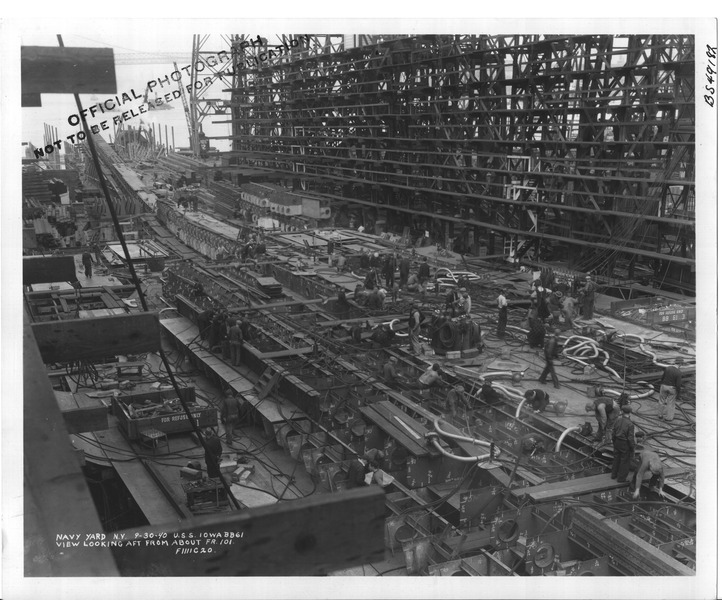
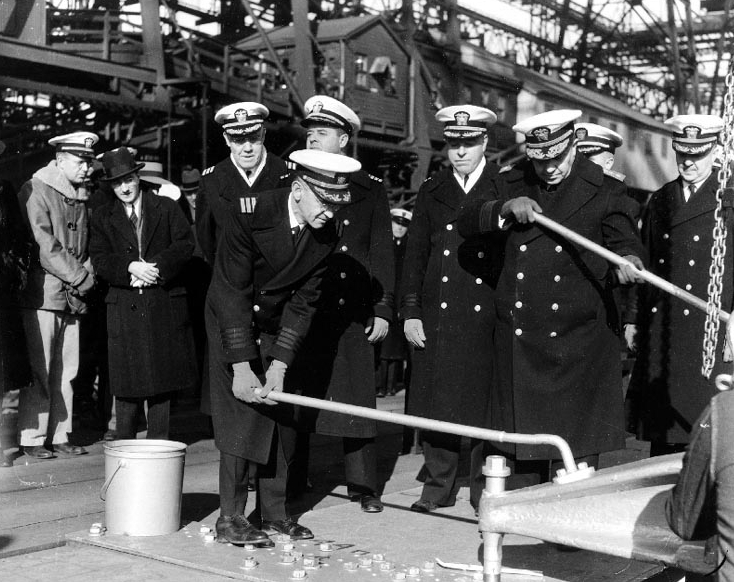

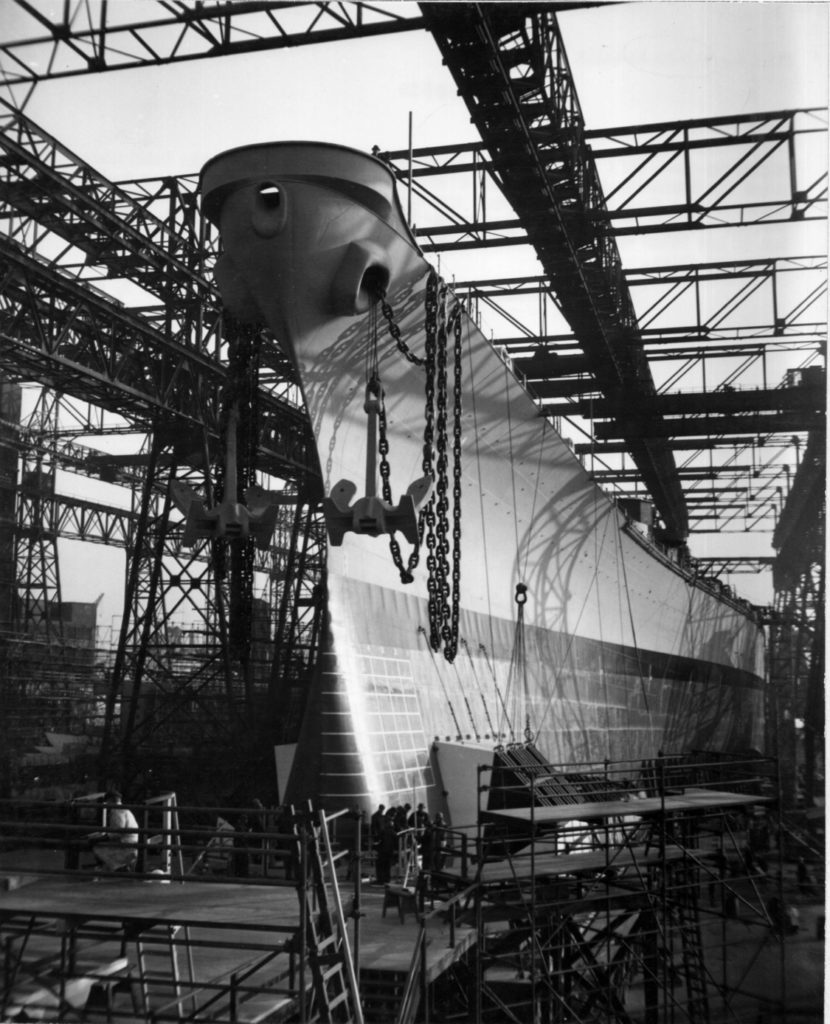
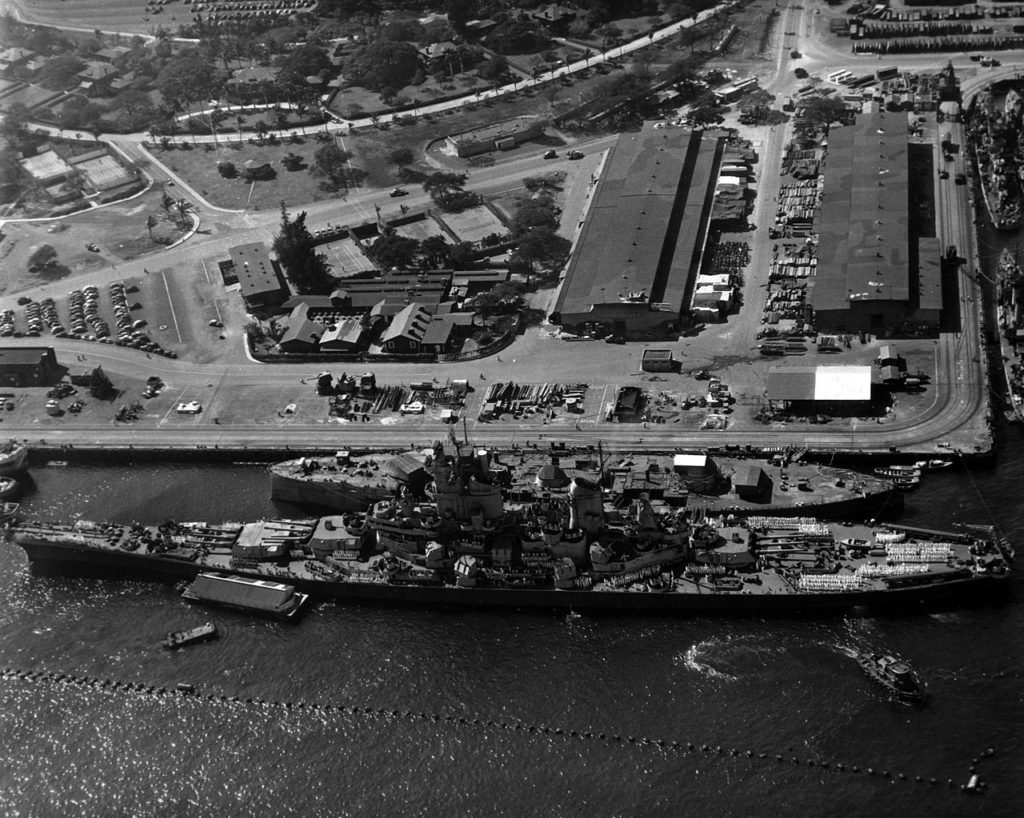
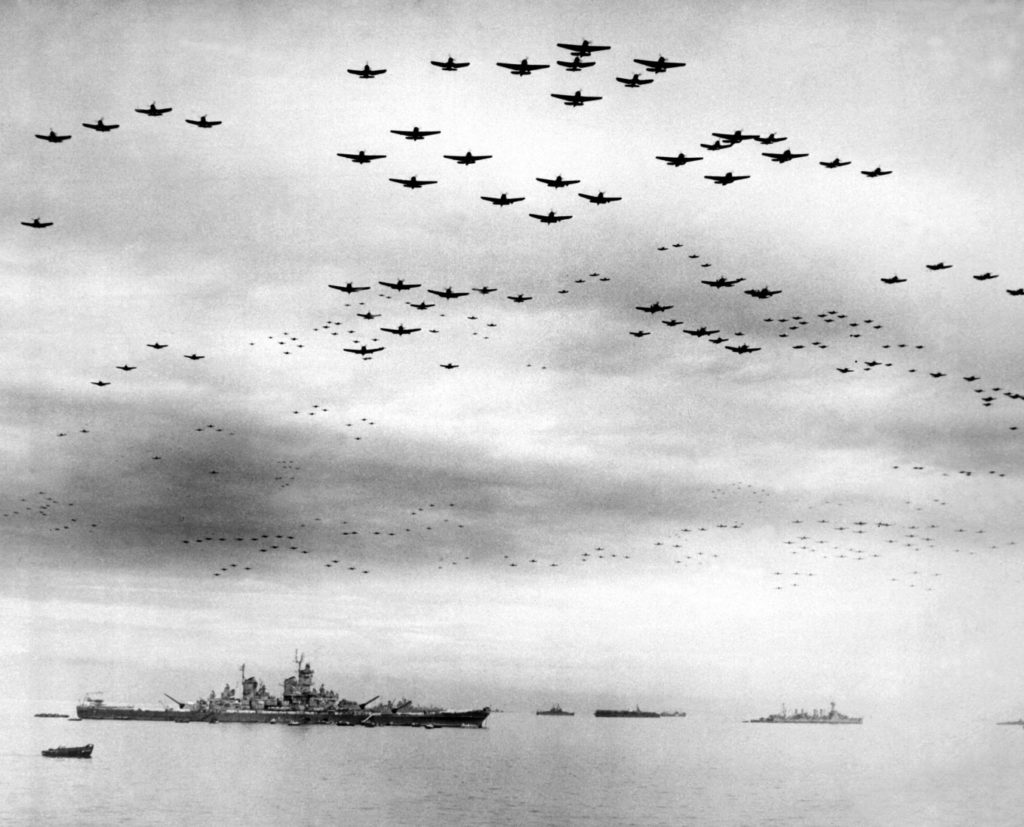
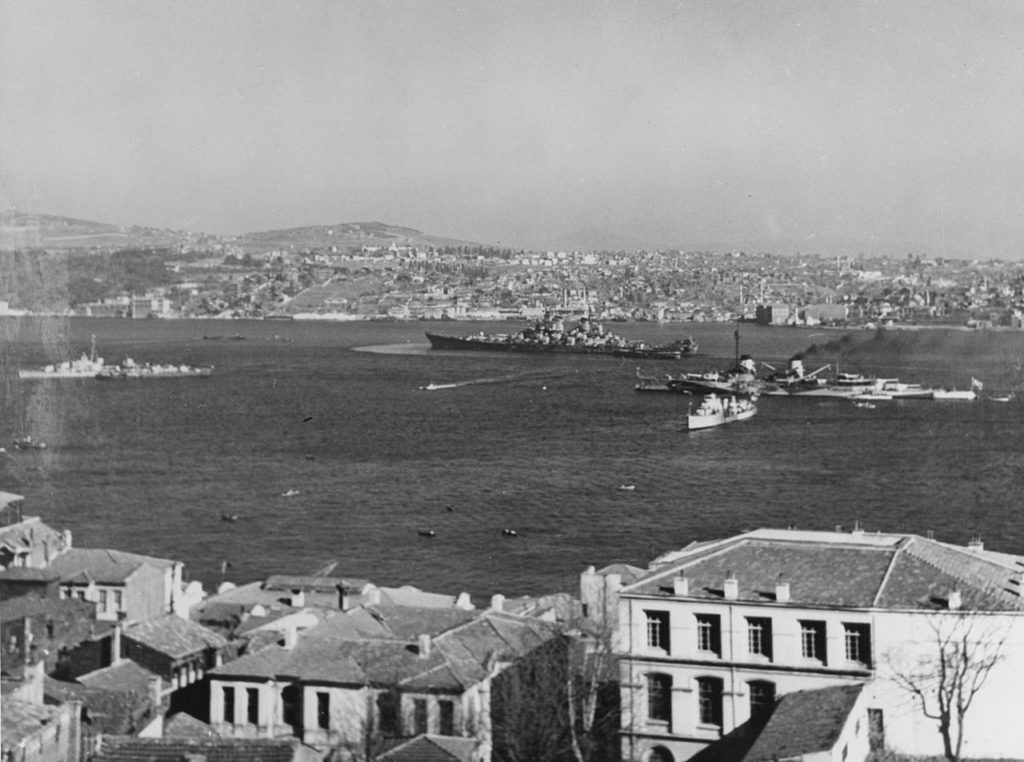
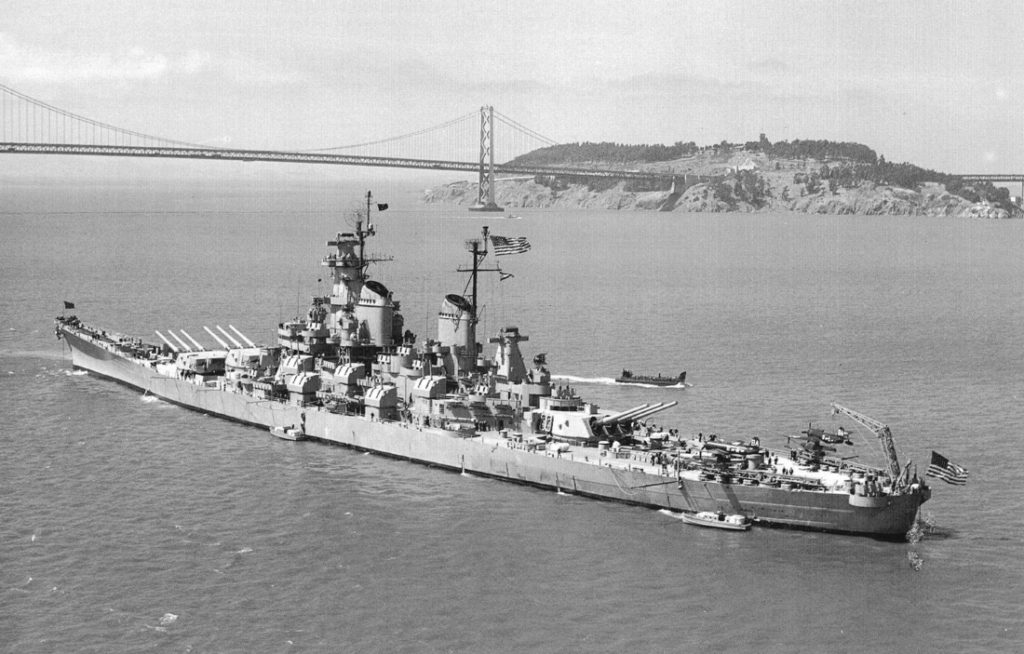


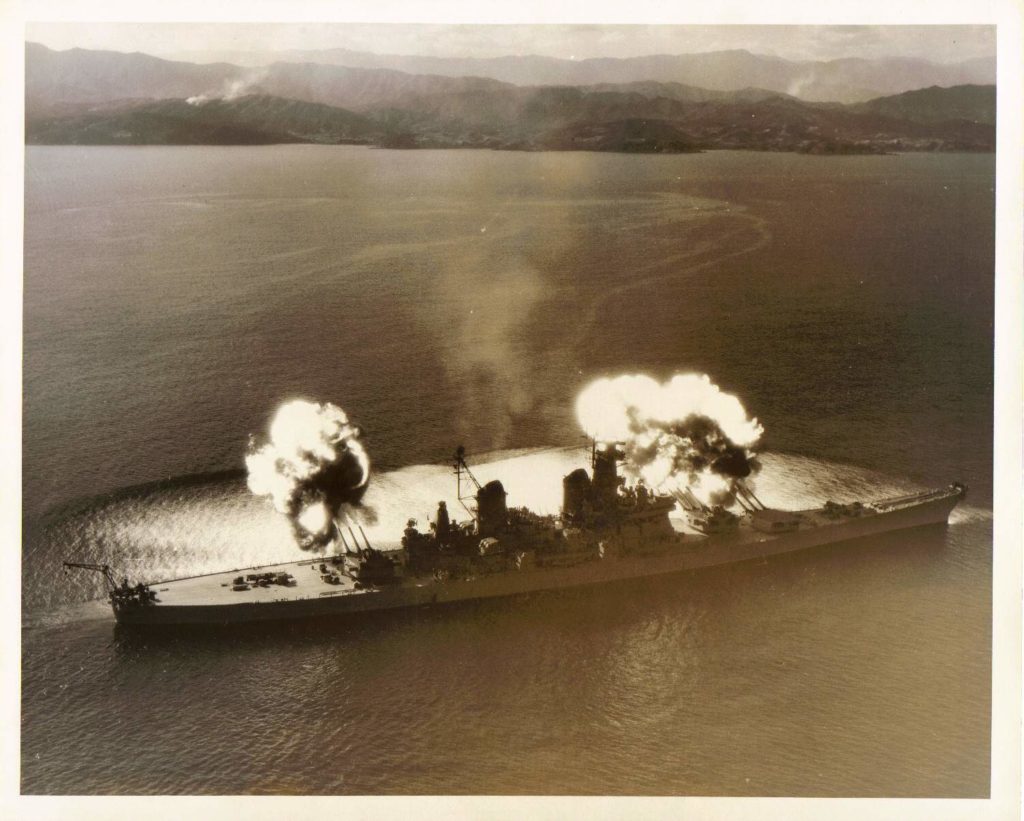
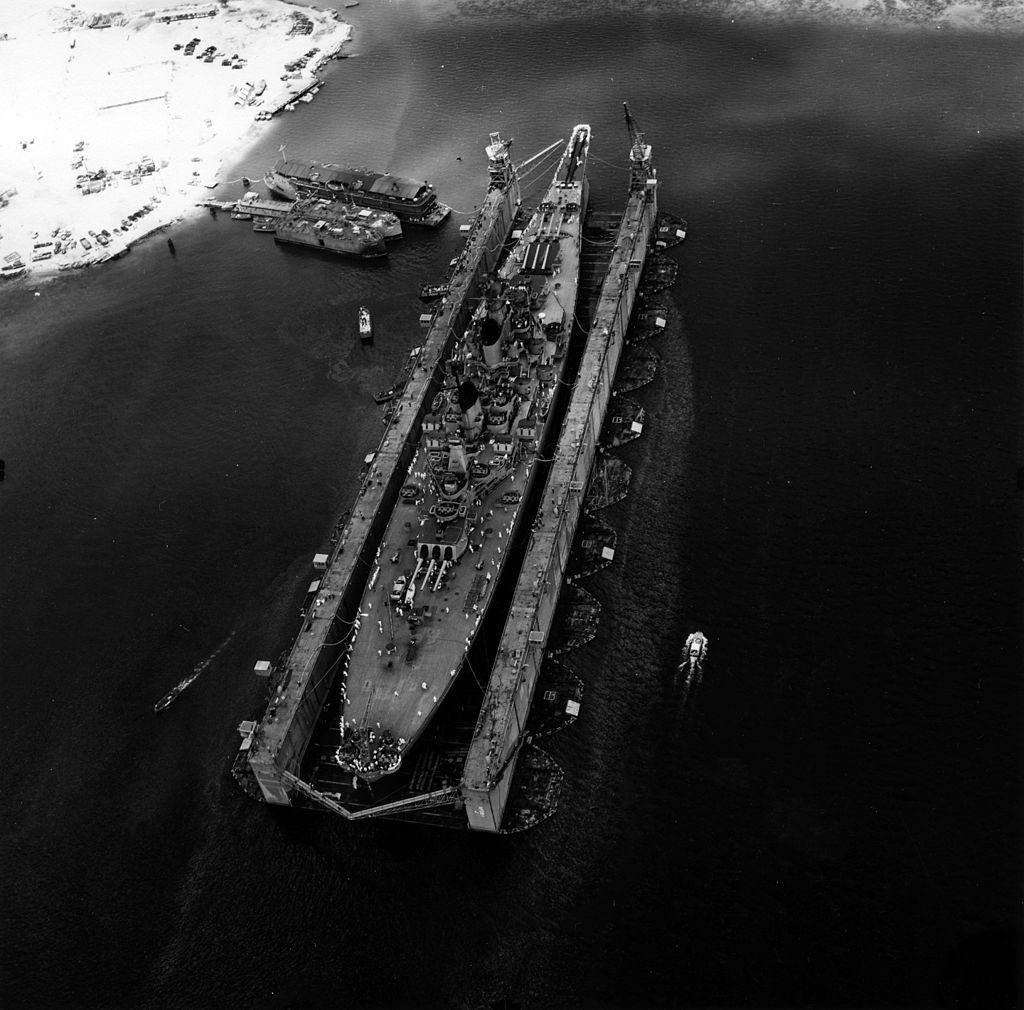

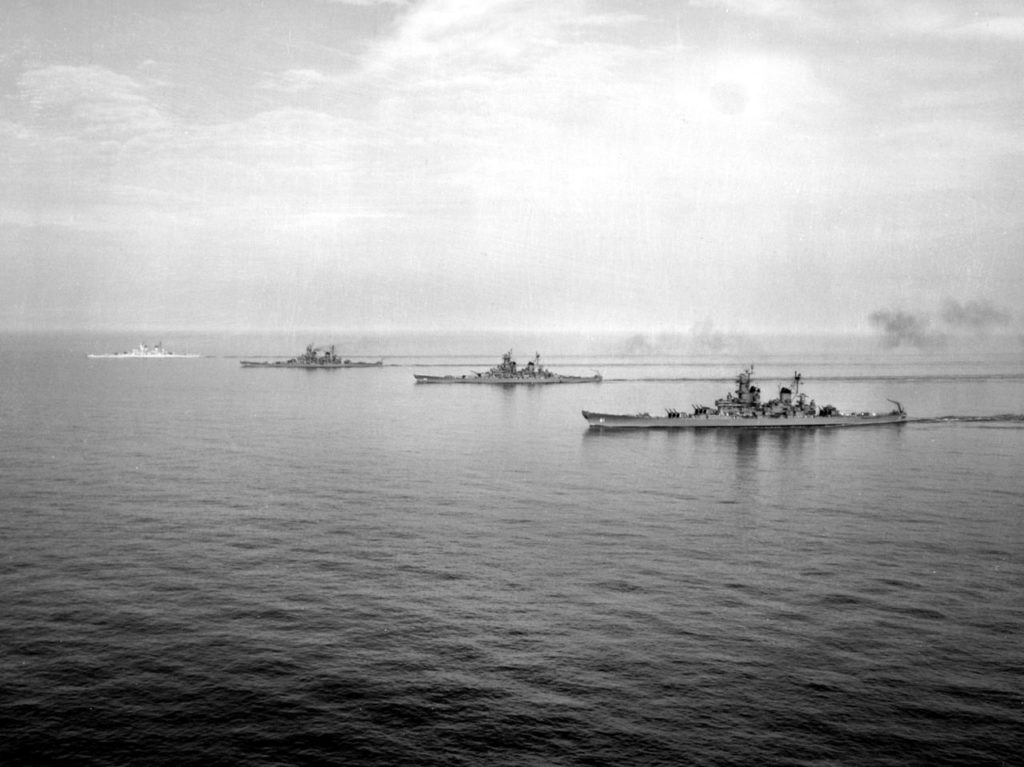

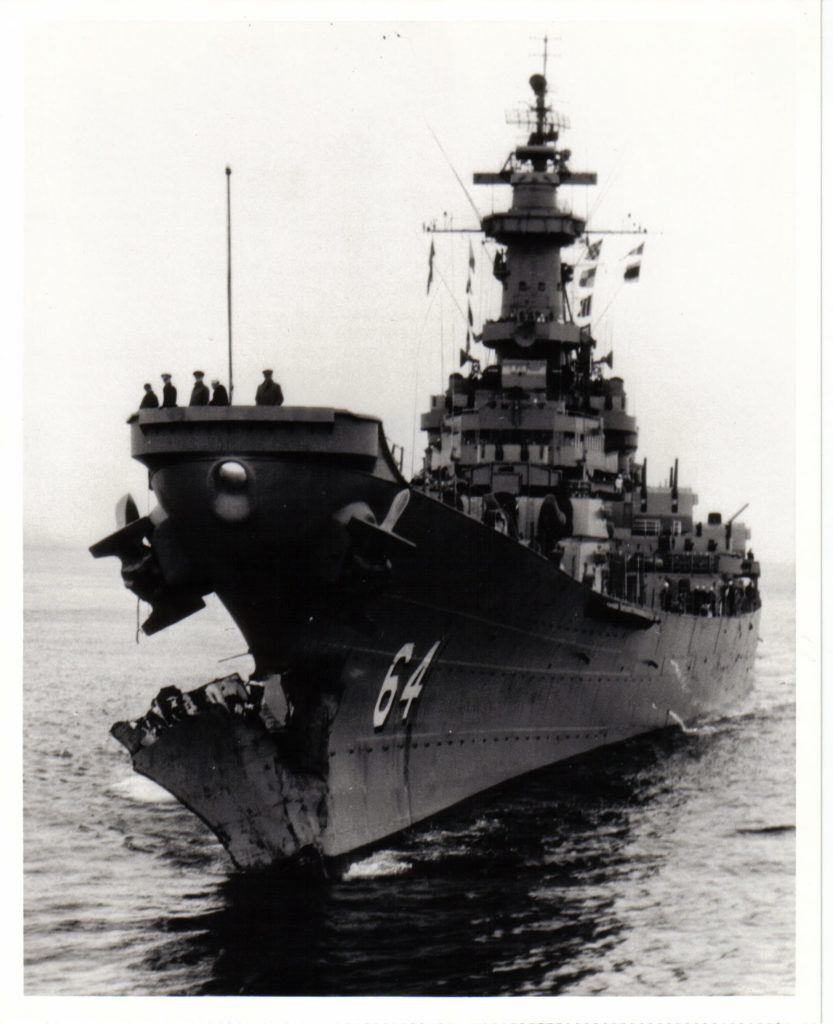
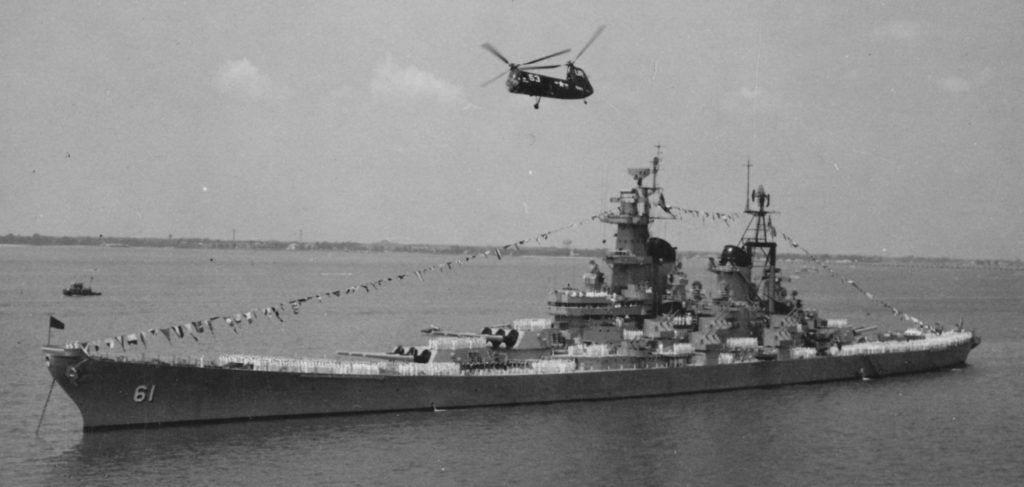
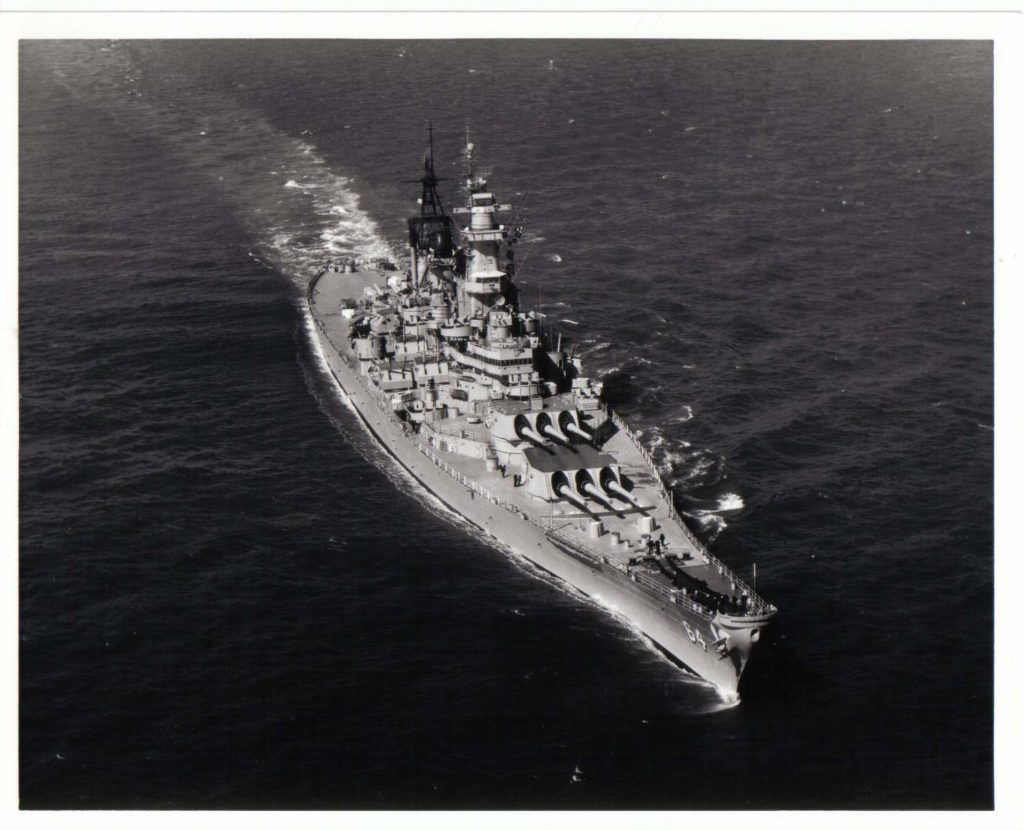
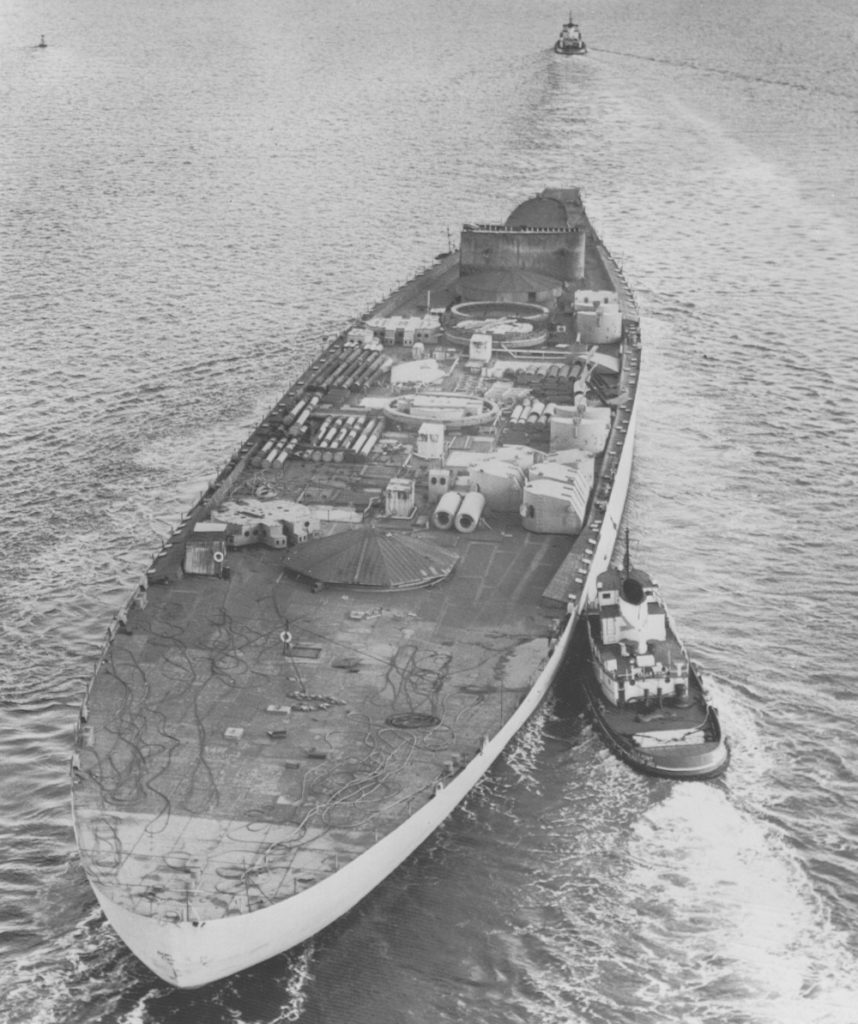
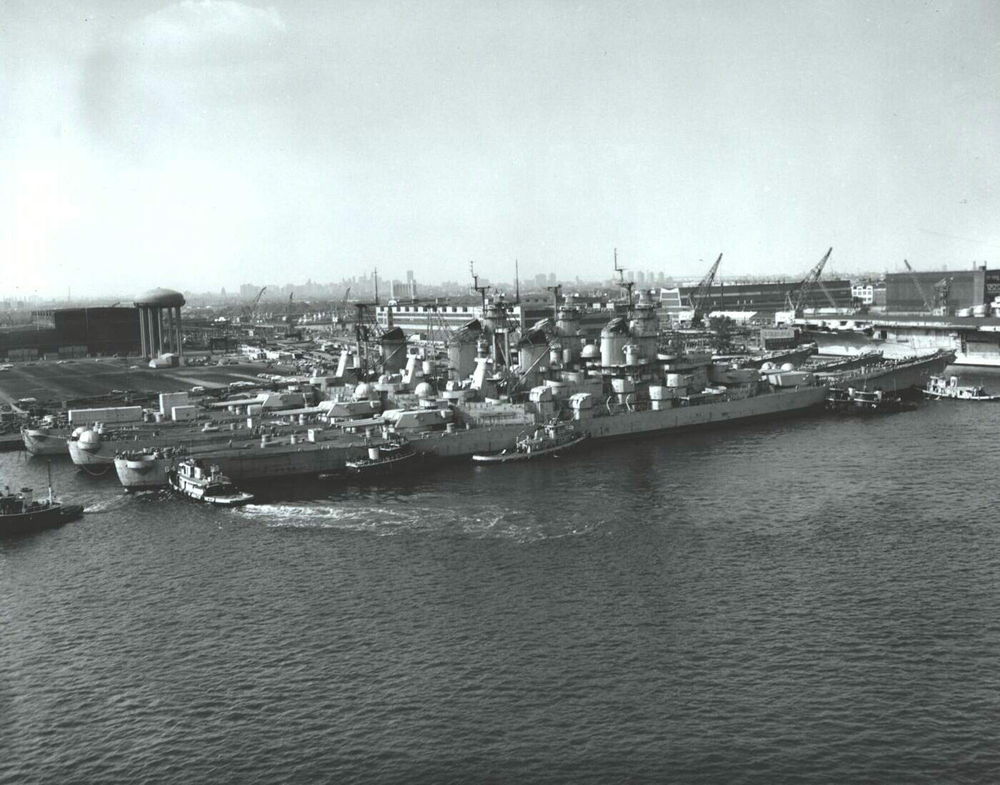



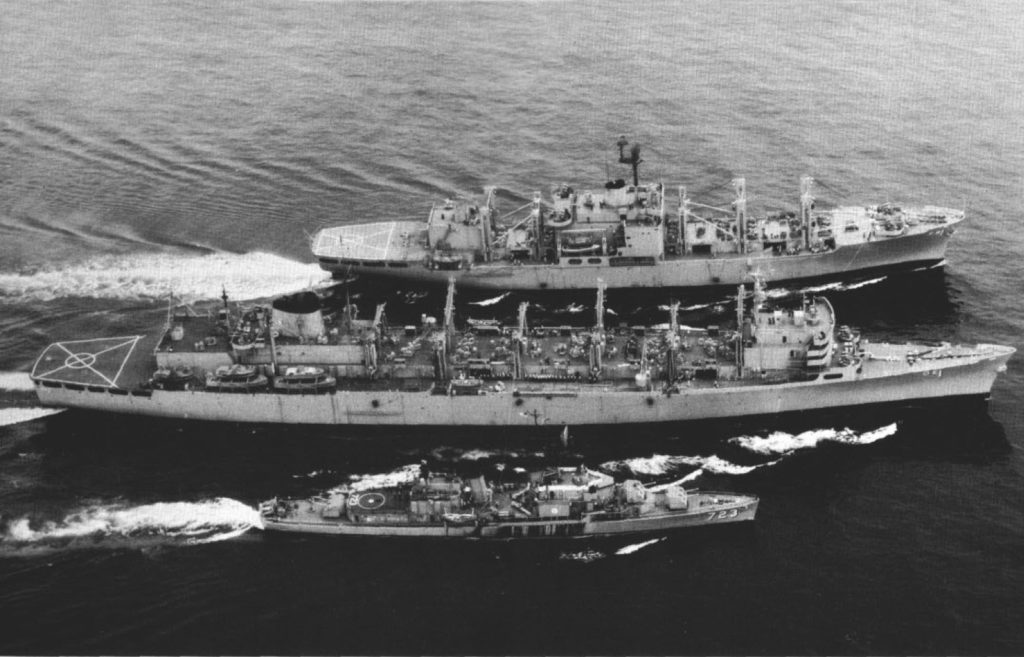
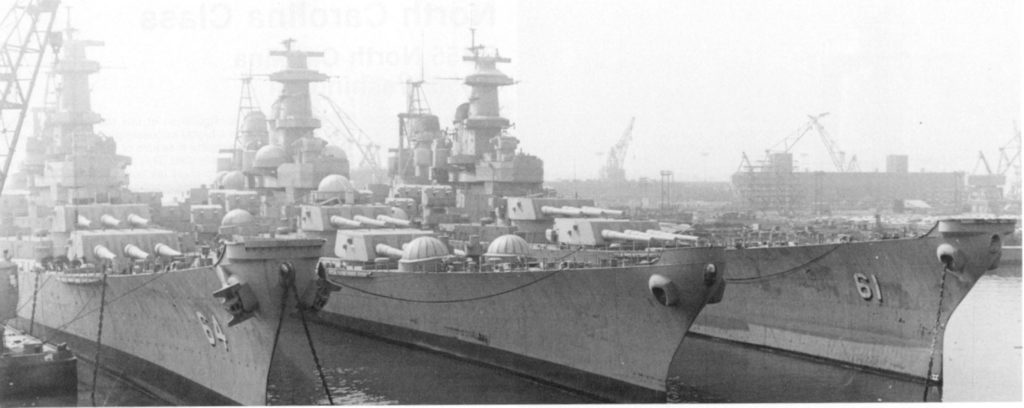
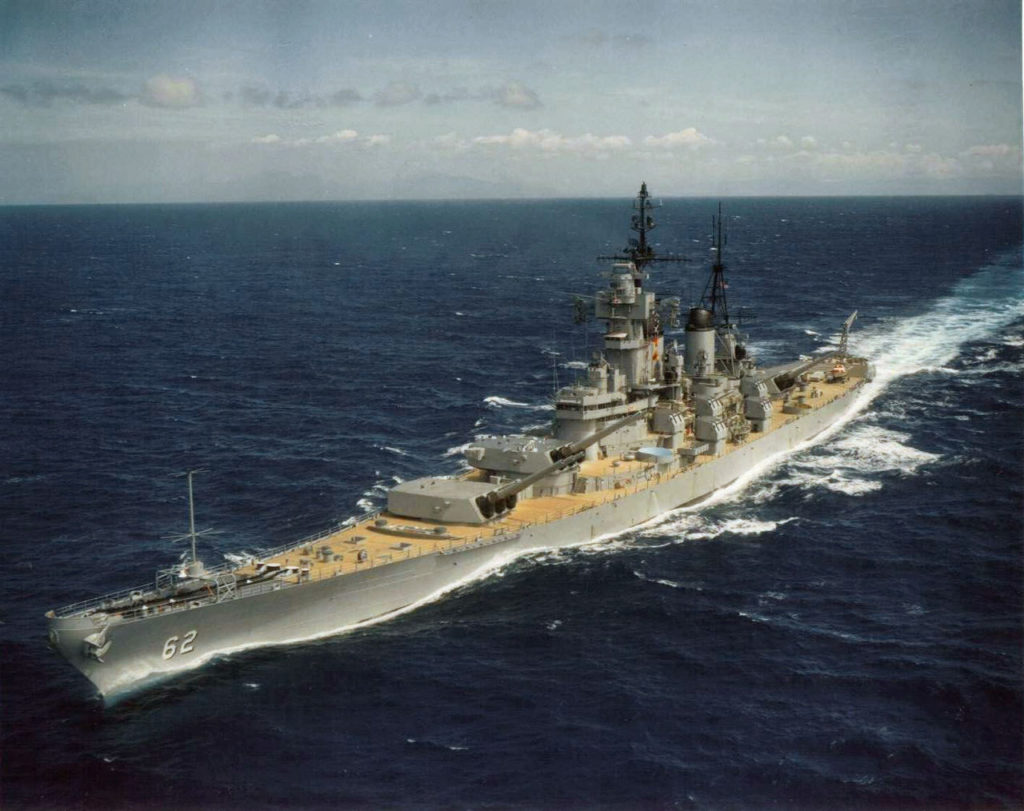


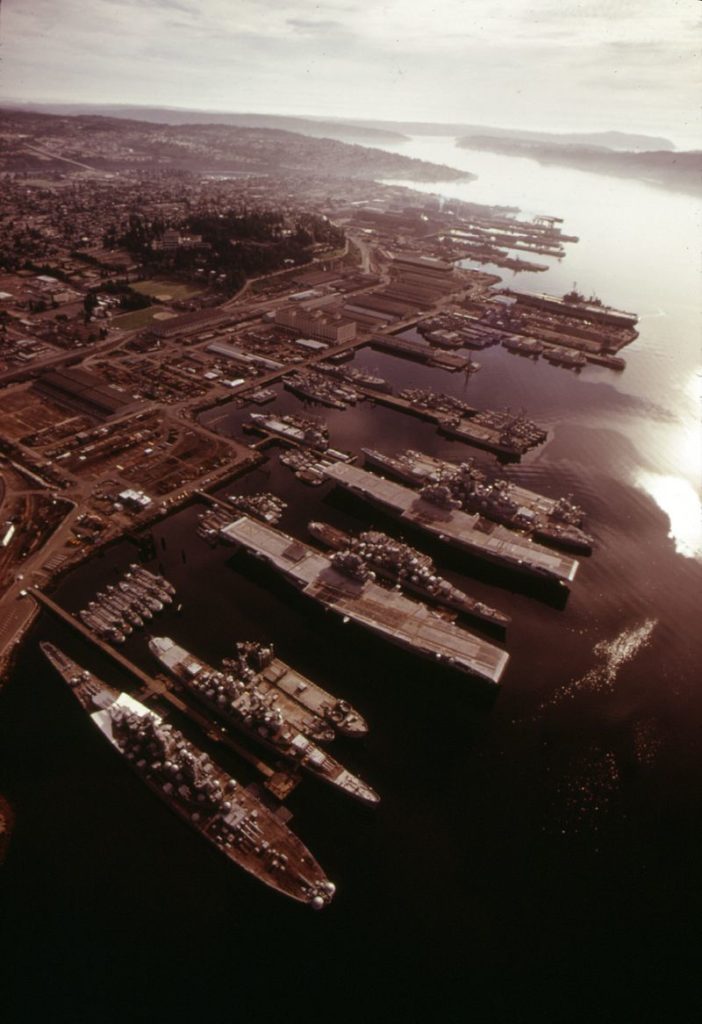


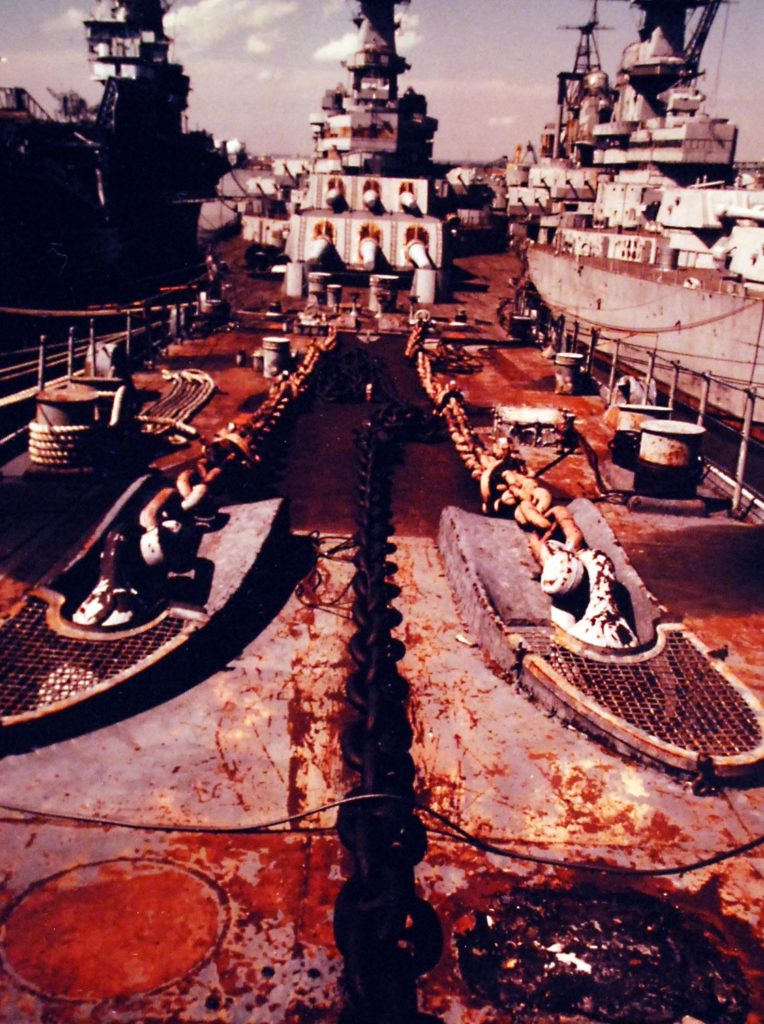
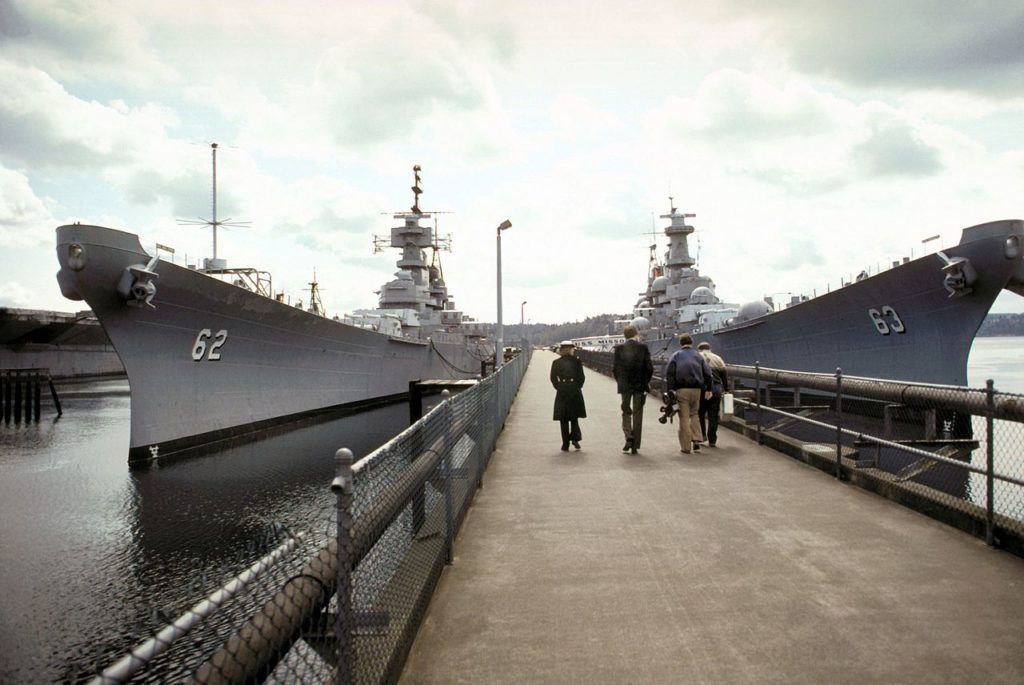

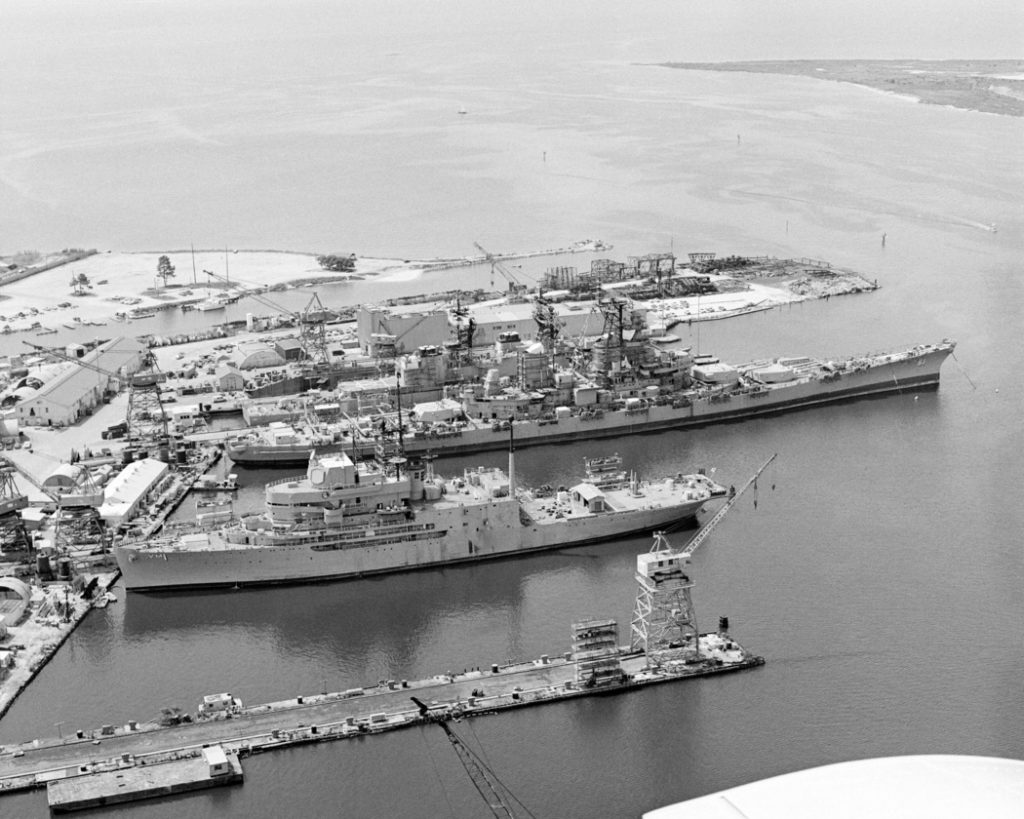

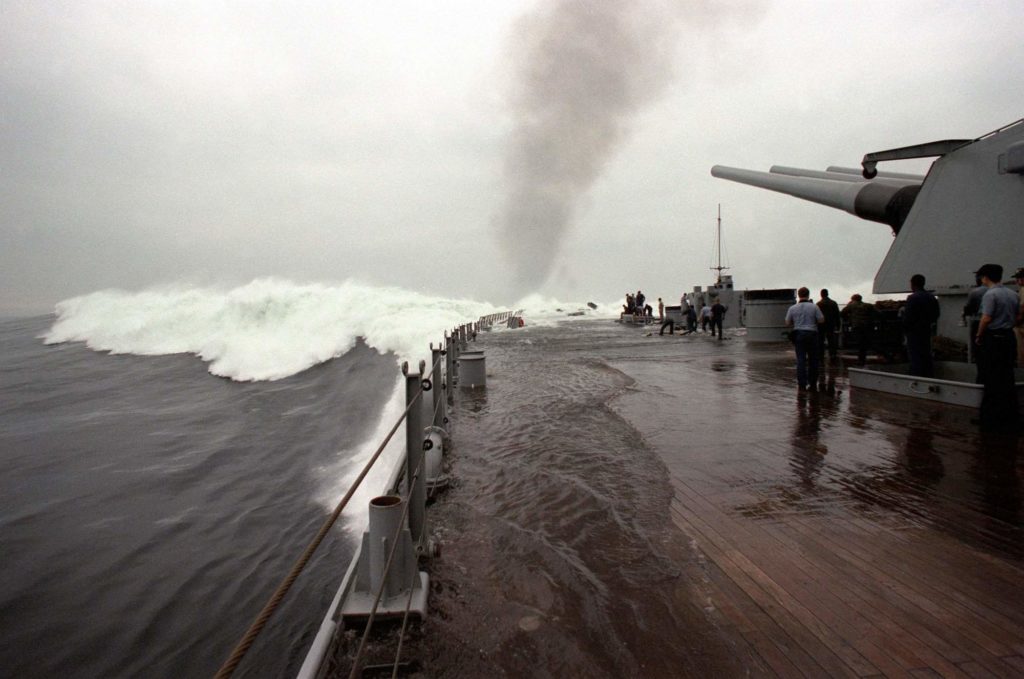

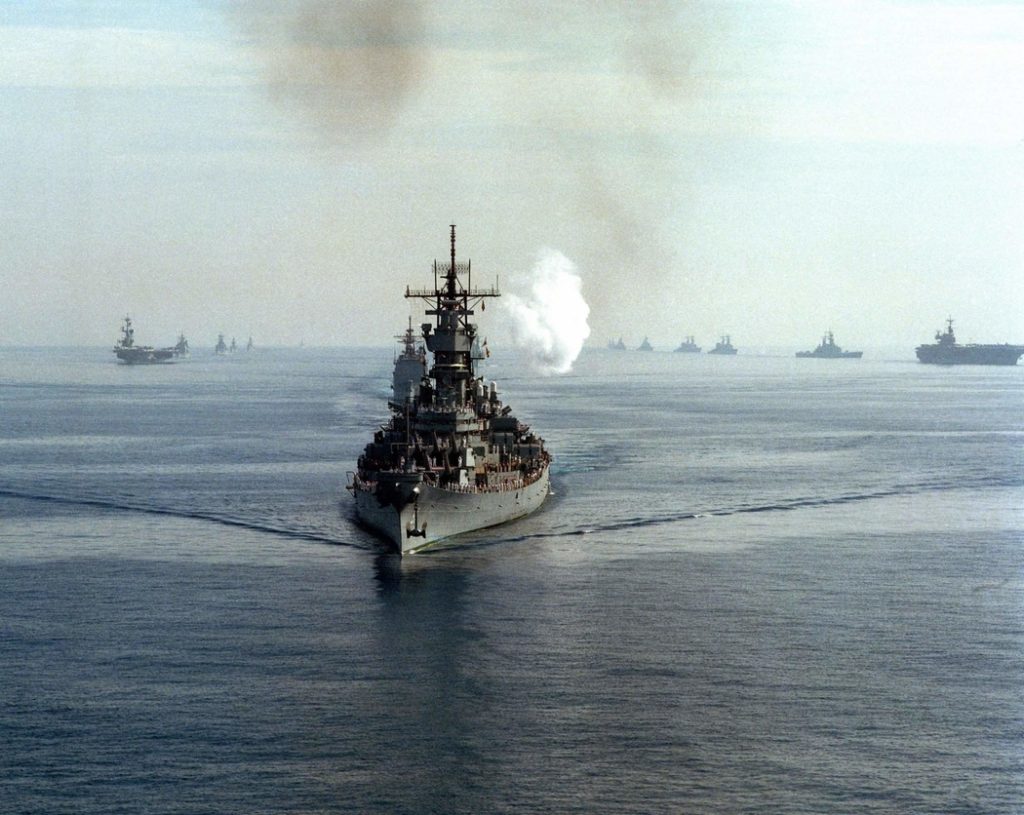
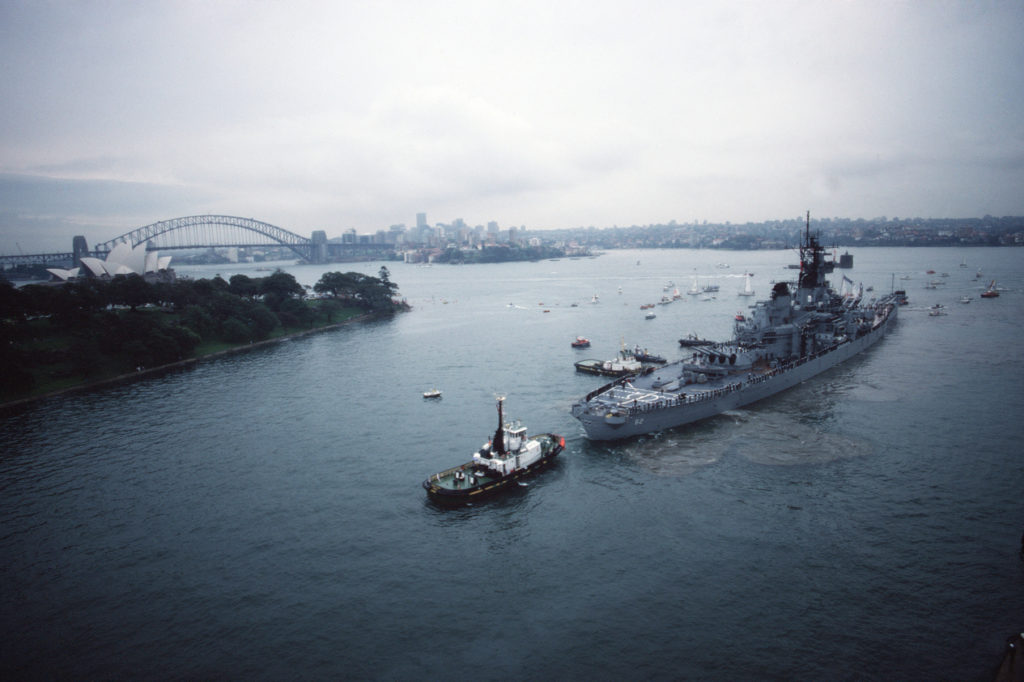

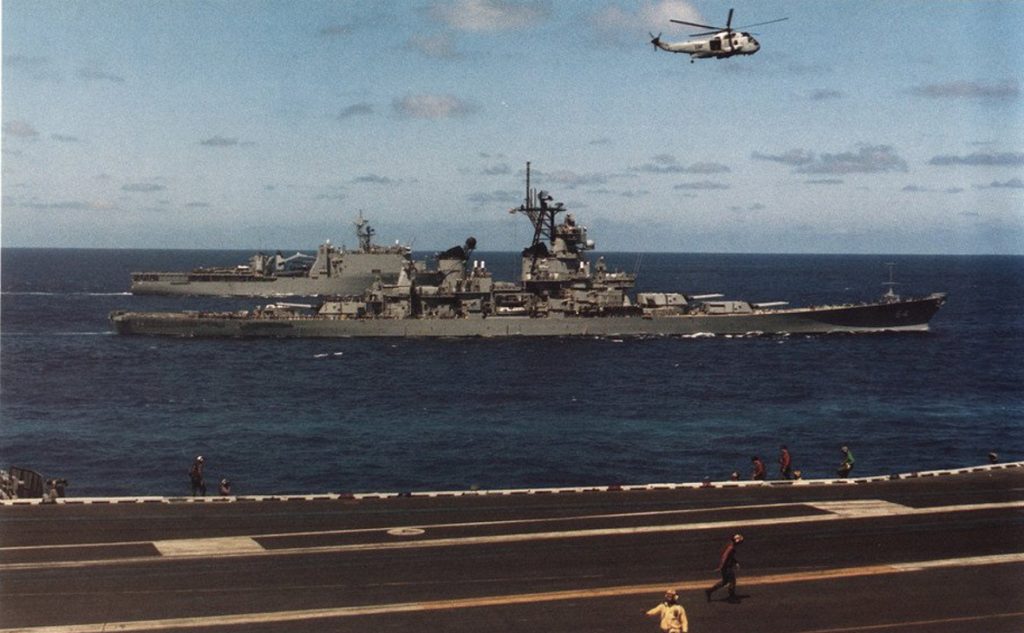
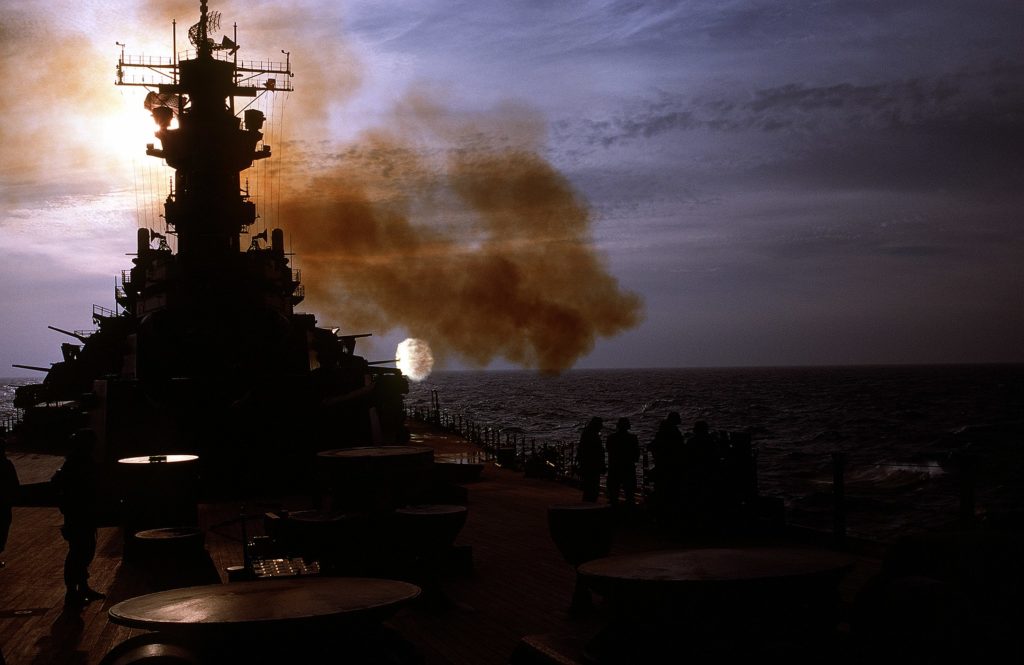
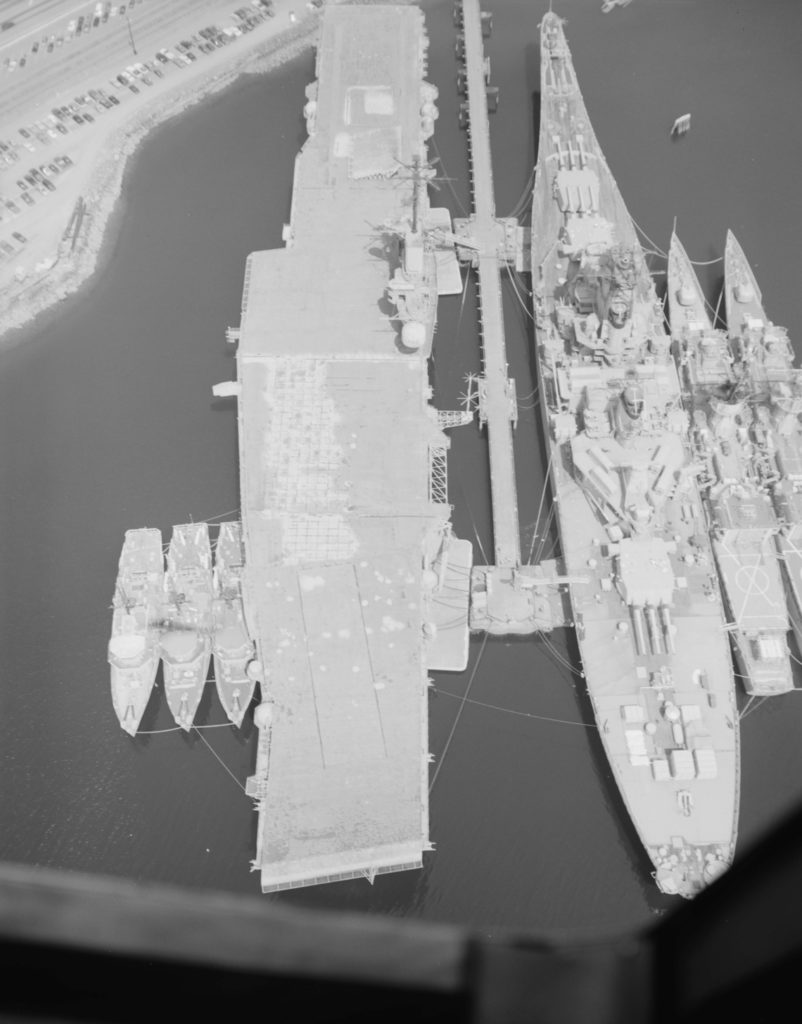




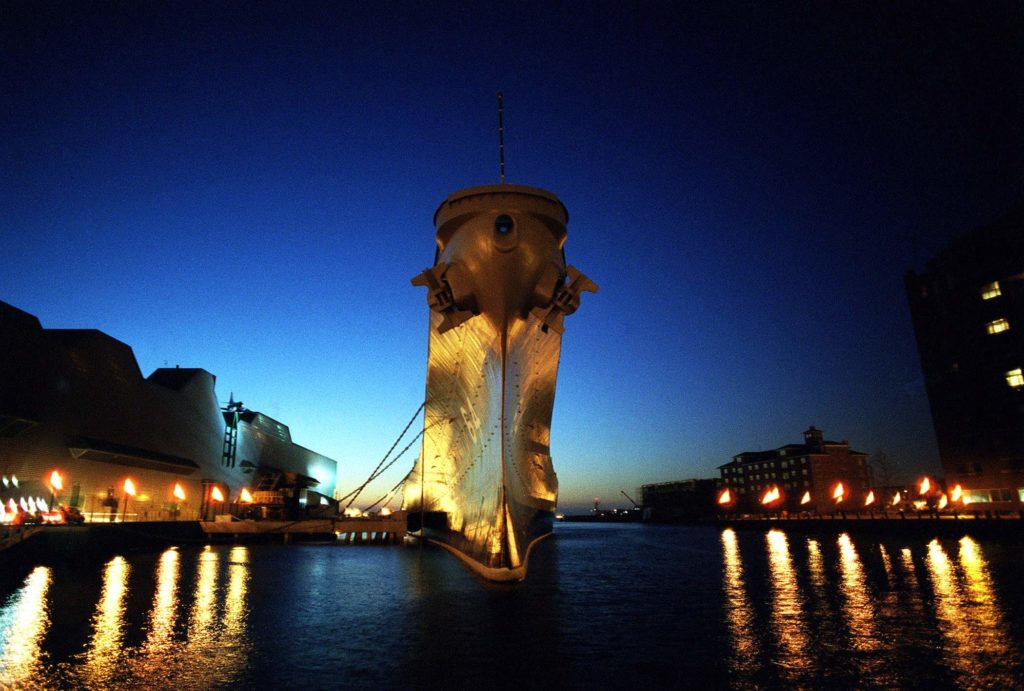
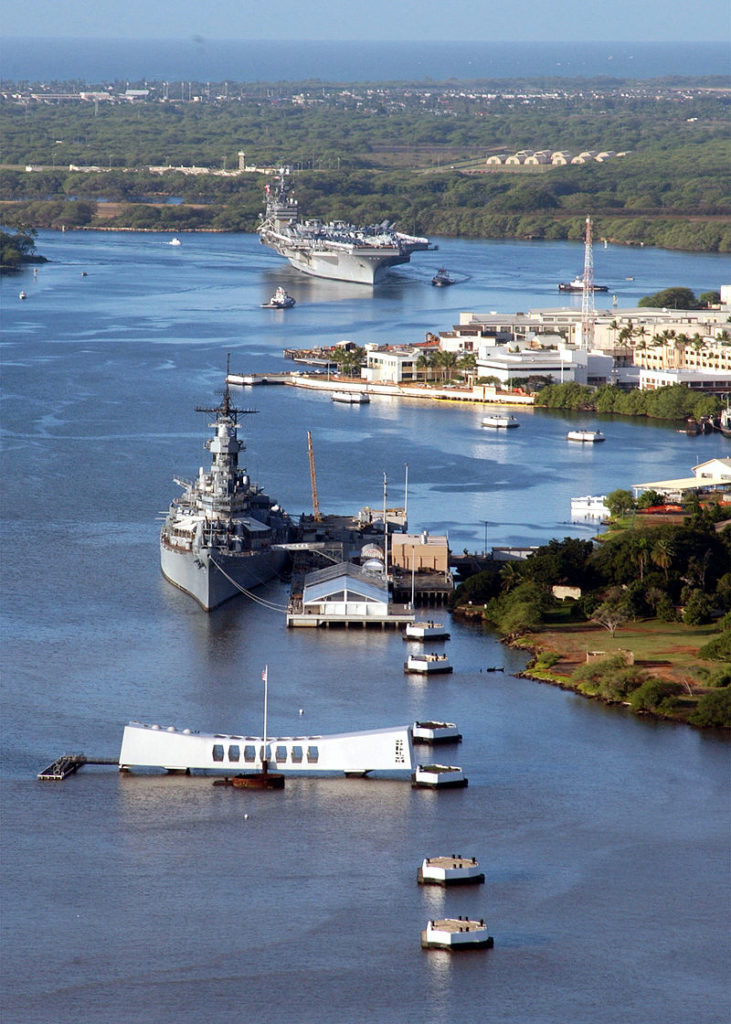

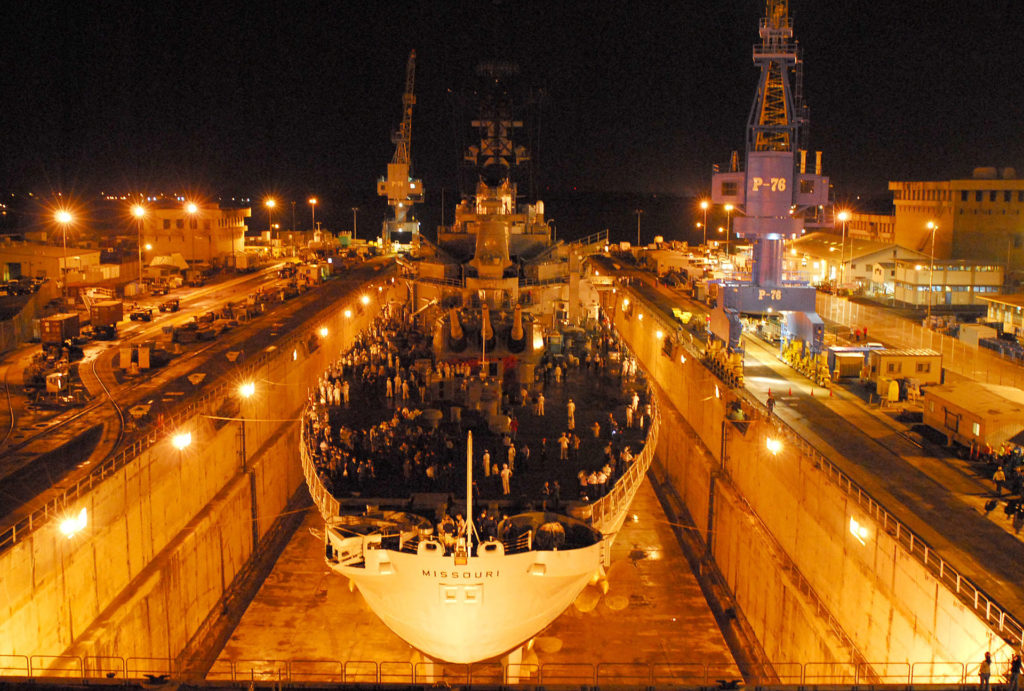
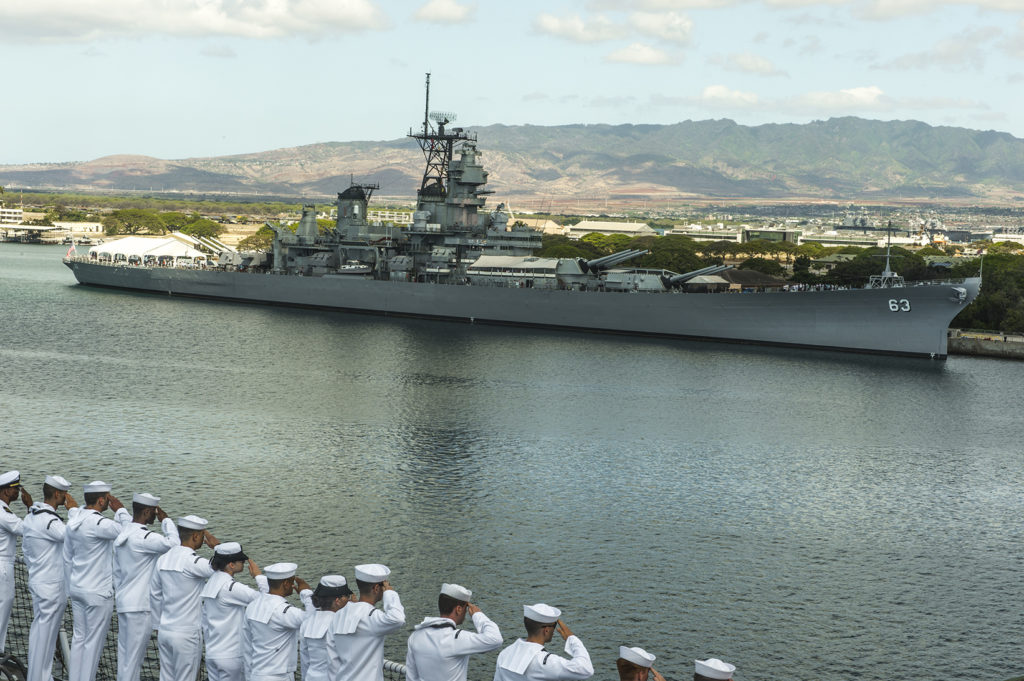
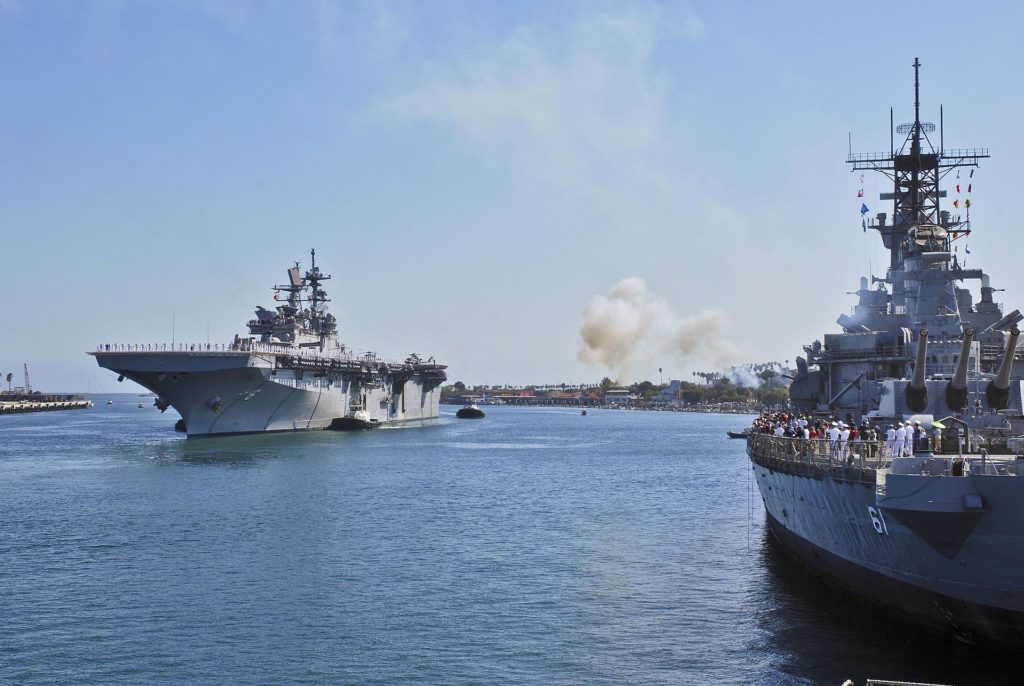
No comments:
Post a Comment
I had to change the comment format on this blog due to spammers, I will open it back up again in a bit.